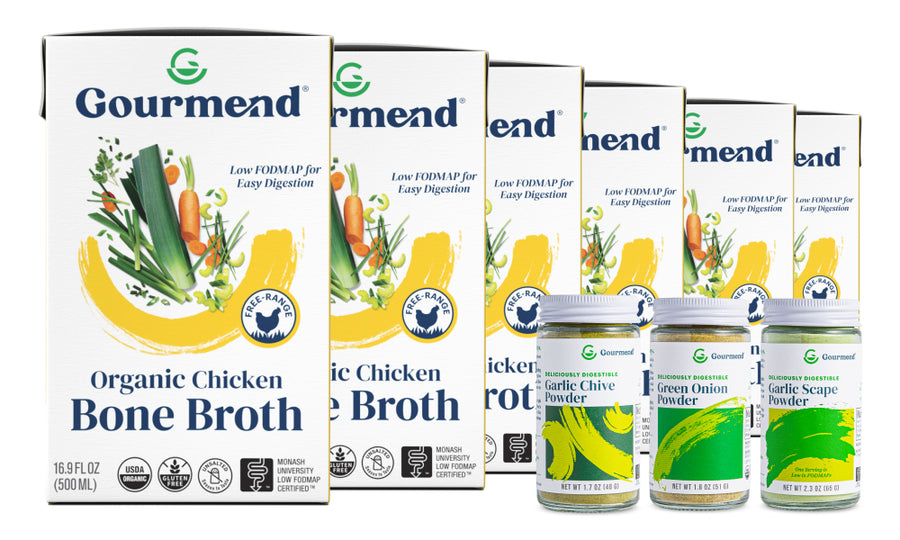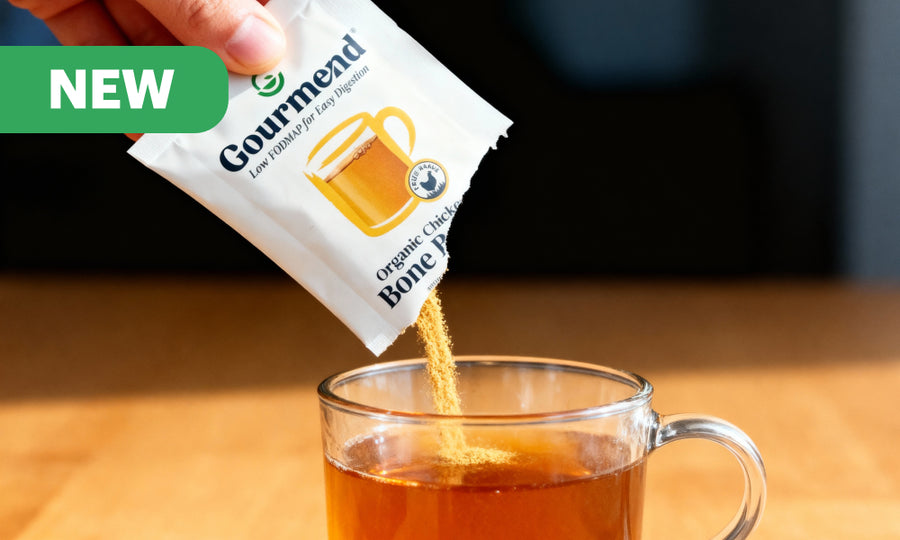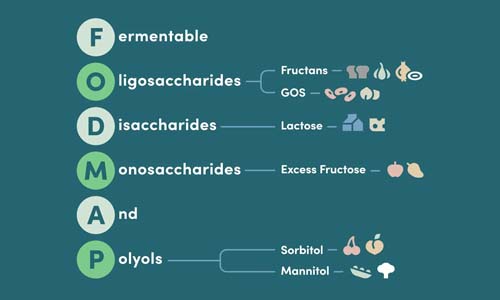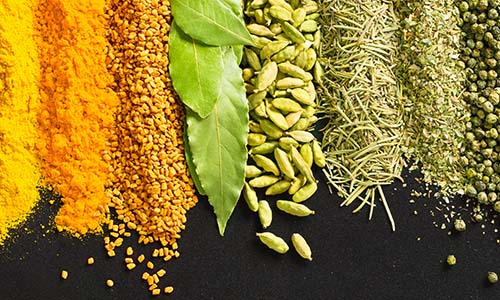Low FODMAP Cookies: Ultimate Chocolate Chunk Guide
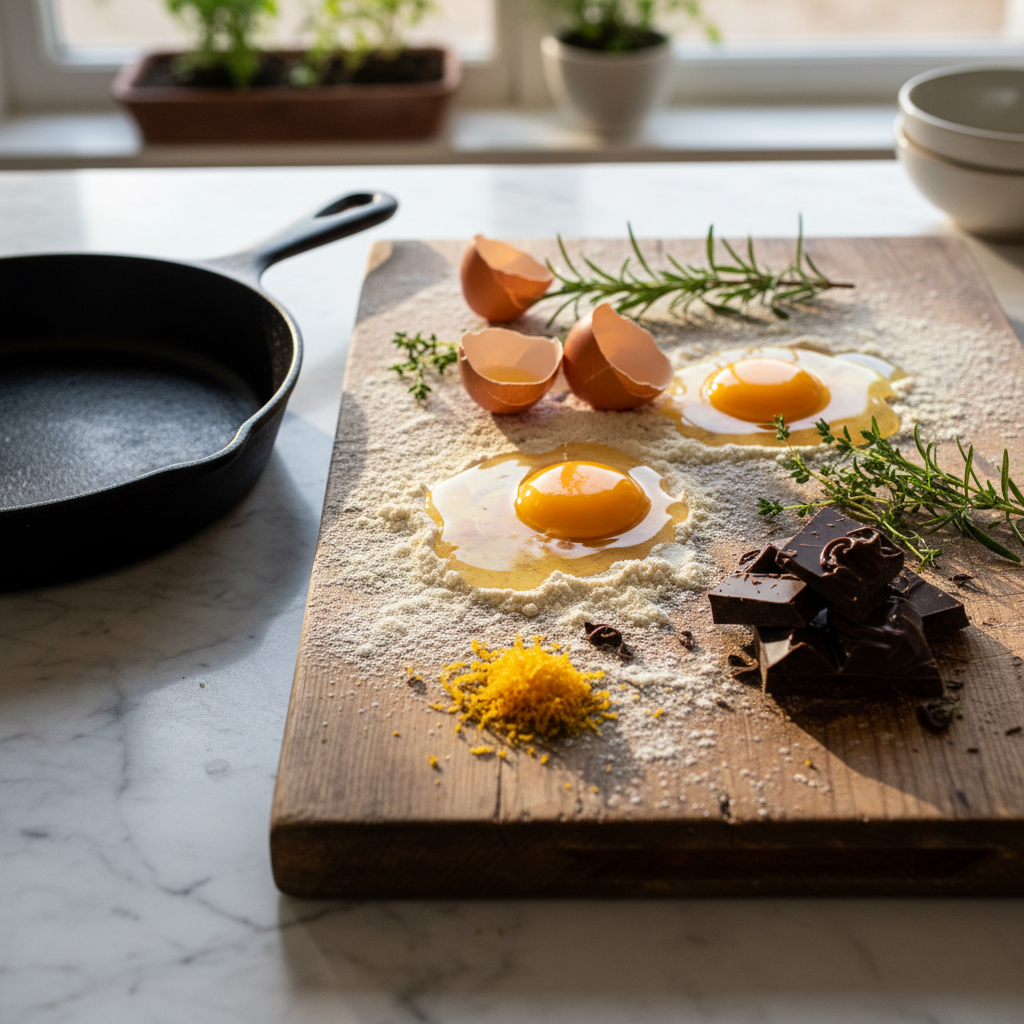
Key Takeaways
- Low FODMAP cookies provide a delicious chocolate chunk flavor without causing digestive discomfort.
- These cookies help prevent IBS symptoms like bloating and cramping by avoiding high-FODMAP ingredients.
- Gluten-free flour alternatives replace wheat flour to make the cookies gut-friendly.
- Problematic sweeteners are avoided to maintain both taste and digestive health.
- Homemade low FODMAP cookies offer a gourmet experience that is safe for sensitive stomachs.
Table of Contents
- Low FODMAP Cookies: Gourmet Flavor Without Digestive Compromise
- Understanding FODMAP Baking Fundamentals
- Best Low FODMAP Cookie Recipe Approaches
- Essential Ingredients for Low FODMAP Cookies
- Texture Perfection Techniques
- Serving Strategies for Digestive Success
- Recipe Customization & Variations
- Troubleshooting Common Challenges
- Beyond Cookies: Expanding Your Low FODMAP Repertoire
Low FODMAP Cookies: Gourmet Flavor Without Digestive Compromise
Craving chocolate chunk cookies but worried about digestive discomfort? Low FODMAP cookies deliver the same rich, satisfying experience as traditional recipes, without the bloating, cramping, or other IBS symptoms that high-FODMAP ingredients can trigger. By swapping wheat flour for gluten-free alternatives and avoiding problematic sweeteners, you can indulge in homemade cookies that are both gourmet and gut-friendly.
The key lies in understanding which ingredients support easier digestion while maintaining that perfect chewy-crispy texture we all crave. Unlike restrictive elimination diets, the low FODMAP approach offers abundance through smart substitutions, think Bob's Red Mill 1-to-1 Baking Flour instead of wheat, pure dark chocolate chunks over milk chocolate with added lactose, and precise serving sizes that keep you within safe limits.
This comprehensive guide compares the best low FODMAP cookie options, from ready-made varieties to foolproof homemade recipes, so you can choose the perfect match for your taste preferences and digestive needs. For those just starting out, a Low FODMAP Pantry Starter Bundle can make the transition to gut-friendly baking much easier.
Understanding FODMAP Baking Fundamentals

FODMAPs (Fermentable Oligo-, Di-, Mono-saccharides, and Polyols) are specific carbohydrates that ferment rapidly in the small intestine, causing gas, bloating, and digestive distress for people with IBS. In traditional cookie recipes, the biggest culprits are wheat flour (contains fructans), high-lactose dairy, and certain sweeteners like honey or agave.
Gluten-free flours become essential not because of gluten sensitivity, but because wheat contains high levels of fructans, a type of FODMAP. Premium options like Bob's Red Mill 1-to-1 Baking Flour blend rice flour, potato starch, and tapioca flour to mimic wheat's binding properties without the digestive consequences.
The magic happens in portion control and ingredient selection. While a traditional cookie might pack multiple FODMAP triggers, low FODMAP cookies rely on naturally compliant ingredients: unsalted butter, pure vanilla extract, brown sugar (in moderation), and dark chocolate chunks that contain minimal milk solids.
Best Low FODMAP Cookie Recipe Approaches
Classic Creaming Method - Traditional Technique Excellence
Best for: Bakers who want bakery-quality texture and don't mind multiple steps
The creaming method produces cookies with superior rise and texture by incorporating air through the butter-sugar mixture. This technique works exceptionally well with gluten-free flours, which can sometimes yield dense results with simpler mixing methods. Expect 24 perfectly shaped cookies with crispy edges and chewy centers.
- Professional bakery texture and appearance
- Consistent results across batches
- Works beautifully with gluten-free flour blends
- Requires electric mixer and multiple bowls
- Longer prep time (15-20 minutes)
- Temperature-sensitive process
One-Bowl Melted Butter Method - Simplified Perfection
Best for: Quick baking sessions and minimal cleanup
This streamlined approach uses melted butter instead of creaming, reducing both equipment needs and preparation time. The result is slightly denser cookies with intense flavor, particularly when you chill the dough for 30 minutes before baking. Perfect for busy weeknights when you want fresh low FODMAP chocolate chip cookies without the fuss.
- Minimal equipment required
- Ready in under 10 minutes prep
- Intensely flavored, chewy texture
- Less rise than creamed versions
- Requires careful timing with melted butter temperature
- May spread more during baking
Gourmend-Enhanced Cookie Base - Umami Depth Innovation
Best for: Adventurous bakers seeking unique flavor complexity
By incorporating a small amount of Gourmend Vegetable Broth powder into your cookie dough, you add subtle umami depth that enhances chocolate's richness without any savory taste. This technique, borrowed from high-end pastry kitchens, creates cookies with remarkable flavor complexity. Gourmend's clean ingredient profile, featuring nori seaweed and oyster mushrooms, provides natural glutamates that amplify sweetness perception.
Pro Technique: Add 1/4 teaspoon Gourmend Vegetable Broth powder to your dry ingredients. The nori and mushroom extracts create the same flavor-enhancing effect that professional bakers achieve with expensive specialty ingredients.
If you're interested in more creative ways to enjoy low FODMAP baking, explore our collection of low FODMAP recipes for inspiration.
Essential Ingredients for Low FODMAP Cookies
Flour selection drives success in low FODMAP baking. Bob's Red Mill 1-to-1 Baking Flour consistently delivers the closest texture match to traditional wheat flour, combining rice flour's structure with potato starch's moisture retention and tapioca's binding properties. King Arthur Gluten-Free Flour offers similar performance with slightly more protein content, creating cookies with better rise.
Dark chocolate chunks outperform chips in both flavor and FODMAP compliance. Premium brands like Guittard or Enjoy Life contain minimal milk solids and no problematic additives, while chocolate chips often include soy lecithin and artificial flavors that can trigger sensitivities. Choose chunks with 60-70% cacao content for optimal sweetness balance without overwhelming bitterness.
Brown sugar and granulated sugar remain safe in standard cookie portions (2-3 cookies per serving), but avoid honey, agave, or high-fructose corn syrup, all high-FODMAP sweeteners. Pure vanilla extract provides flavor depth, while vanilla-flavored products may contain FODMAP triggers. Unsalted butter ensures you control sodium levels while providing the fat structure essential for proper cookie texture.
| Ingredient Category | FODMAP-Safe Options | Avoid These | Serving Considerations |
|---|---|---|---|
| Flour | Rice flour, potato starch, tapioca flour blends | Wheat, rye, barley flours | No limits on gluten-free varieties |
| Chocolate | Dark chocolate chunks (60-70% cacao) | Milk chocolate, white chocolate | Standard cookie portions safe |
| Sweeteners | Brown sugar, granulated sugar, maple syrup | Honey, agave, high-fructose corn syrup | 2-3 cookies per serving |
| Fats | Unsalted butter, coconut oil | Butter with lactose additives | No restrictions in baking amounts |
For a convenient way to stock up on all your essentials, consider the Low FODMAP Sampler Bundle, which includes a variety of gut-friendly staples for baking and cooking.
Texture Perfection Techniques

Dough chilling transforms good cookies into exceptional ones. Refrigerating your low FODMAP cookies dough for 30 minutes allows gluten-free flours to fully hydrate while firming the fat content. This prevents excessive spreading and creates defined edges with chewy centers, the hallmark of professional bakery cookies.
Temperature control determines final texture more than any other factor. Baking at 350°F for 9-11 minutes produces crispy edges with soft centers, while extending to 12-13 minutes creates uniformly crispy cookies. The same dough can yield multiple textures simply by adjusting bake time, making it easy to satisfy different preferences in one batch.
Commercial-weight aluminum pans distribute heat more evenly than thin cookie sheets, preventing the hot spots that cause uneven browning. Line with parchment paper rather than cooking spray, gluten-free doughs can stick more readily than wheat-based versions, and parchment ensures clean release without added fats that might affect texture.
Professional Insight: Gluten-free cookie dough actually improves with brief chilling, unlike wheat dough which can become too stiff. The 30-minute sweet spot allows optimal hydration without over-firming the butter.
Serving Strategies for Digestive Success
Portion awareness prevents FODMAP overload even with compliant ingredients. Monash University research indicates that 2-3 standard-sized cookies (approximately 2 inches diameter) remain within safe FODMAP limits for most individuals. This serving size allows you to satisfy cravings without triggering symptoms, especially when paired with adequate water intake to support digestion.
Timing your low FODMAP chocolate chip cookies consumption can enhance tolerance. Enjoying cookies as part of a balanced meal rather than on an empty stomach provides digestive support through accompanying proteins and fats. The fiber from gluten-free flours also processes more gently when consumed with other foods rather than in isolation.
Storage methods preserve both flavor and FODMAP compliance. Store cooled cookies in airtight containers for up to one week, or freeze individual portions for up to three months. Freezing actually enhances the texture of gluten-free cookies, making them slightly more tender when thawed, a unique advantage over traditional wheat-based versions that can become stale more quickly.
For more meal ideas that pair well with your cookies, try this low FODMAP miso salmon recipe for a balanced and satisfying dinner.
Recipe Customization & Variations
One-bowl mixing simplifies low FODMAP cookies preparation without sacrificing quality. Melting butter instead of creaming creates equally delicious cookies with 50% less prep time. Simply combine melted butter with sugars, add egg and vanilla, then fold in dry ingredients until just combined. This method produces slightly denser cookies with more pronounced chocolate flavor, ideal for busy weeknight baking.
Texture preferences drive successful variations within the same base recipe. For extra-chewy cookies, slightly underbake by 1-2 minutes and add an extra tablespoon of brown sugar to increase moisture retention. Crispy cookie lovers should extend baking time to 13-14 minutes and use all granulated sugar instead of brown sugar, which reduces moisture content for maximum crunch.
Flavor additions expand your low FODMAP cookies recipes repertoire safely. Toasted coconut flakes (limit to 2 tablespoons per batch), chopped macadamia nuts, or orange zest create gourmet variations without FODMAP concerns. Avoid dried fruits like raisins or cranberries, which concentrate fructose and can trigger symptoms even in small amounts.
Baker's Secret: Chilling one-bowl cookie dough for just 15 minutes prevents spreading while maintaining the quick preparation advantage. The melted butter firms up enough to hold shape without requiring extended refrigeration.
For those who love experimenting with flavors, Organic Garlic Chive Powder can be used in savory low FODMAP baking, such as crackers or herb shortbreads.
Troubleshooting Common Challenges

Flat, spreading cookies indicate insufficient flour hydration or over-warm dough. Gluten-free flours absorb liquid differently than wheat flour, requiring 5-10 minutes of rest time after mixing to reach optimal consistency. If your dough appears too wet, add flour one tablespoon at a time rather than chilling longer, which can create tough cookies.
Crumbly texture results from over-mixing gluten-free dough or insufficient fat content. Unlike wheat-based cookies that benefit from extended mixing, low FODMAP chocolate chip cookies require gentle folding once flour is added. Mix just until ingredients combine, visible flour streaks will disappear during baking without additional stirring.
Uneven baking stems from inconsistent dough portioning or oven hot spots. Use a cookie scoop for uniform sizing, ensuring 2-inch spacing between cookies on the pan. Rotate pans halfway through baking time, and consider baking one pan at a time for more consistent results, especially with gluten-free doughs that can be more temperature-sensitive.
| Problem | Likely Cause | Quick Fix | Prevention Strategy |
|---|---|---|---|
| Flat, spreading cookies | Warm dough or under-measured flour | Chill dough 15 minutes | Measure flour by weight, not volume |
| Crumbly texture | Over-mixing or insufficient fat | Add 1-2 tbsp melted butter | Mix just until combined |
| Uneven browning | Inconsistent sizing or hot spots | Rotate pan halfway through | Use cookie scoop for uniform portions |
| Too sweet/bland balance | Wrong chocolate type or proportion | Add pinch of sea salt | Use 60-70% cacao dark chocolate |
If you want to try a savory twist, Organic Green Onion Salt is a great addition to gluten-free crackers or savory cookies.
Beyond Cookies: Expanding Your Low FODMAP Repertoire
Cookie dough foundation adapts into multiple dessert formats. Press the same dough into a lined 9x13 pan for bar cookies, reducing baking time to 18-22 minutes for chewy bars or 25-28 minutes for crispy versions. This technique yields 24 uniform portions with minimal effort, perfect for meal prep or entertaining.
Ice cream sandwiches showcase low FODMAP cookies versatility while maintaining digestive comfort. Slightly underbake cookies for flexibility, cool completely, then sandwich with lactose-free vanilla ice cream. The gluten-free texture actually holds up better to freezing than traditional cookies, maintaining structure without becoming rock-hard.
Savory applications extend your low FODMAP baking skills beyond desserts. The same flour blend and techniques work beautifully for cheese crackers using aged cheddar (naturally low in lactose), herb-infused shortbread with fresh rosemary, or parmesan crisps for elegant appetizers. Understanding these foundational techniques opens endless possibilities for gut-friendly entertaining.
Gourmend's bone broths provide unexpected depth in savory baking applications, a tablespoon of our Chicken Bone Broth in herb crackers adds umami richness that transforms simple snacks into gourmet experiences. This crossover between sweet and savory low FODMAP cooking demonstrates how versatile ingredients create cohesive, delicious meal planning.
Culinary Innovation: Low FODMAP baking skills transfer directly to bread making, pizza dough, and pastry applications. Master cookie techniques first, then confidently expand into more complex baked goods using the same ingredient knowledge and mixing principles.
For more creative meal ideas, check out these low FODMAP crisp roasted baby potatoes for a savory side dish.
To further expand your pantry, explore our Low FODMAP Seasonings collection for even more ways to add flavor without digestive compromise.
Frequently Asked Questions
What ingredients should I avoid when baking low FODMAP cookies to prevent IBS symptoms?
Avoid high-FODMAP ingredients like wheat flour, high-lactose dairy, garlic, onion, and certain sweeteners such as honey or agave. These can trigger bloating and digestive discomfort, so substituting them with low FODMAP alternatives is key.
How do gluten-free flour alternatives help make low FODMAP cookies more digestive-friendly?
Gluten-free flours like oat, rice, or certified gluten-free baking blends replace wheat flour, which contains fructans, a type of FODMAP. Using these alternatives reduces fermentable carbs, making cookies gentler on digestion while maintaining great texture.
What are some effective techniques to achieve the perfect texture in low FODMAP cookies?
Balancing moisture with ingredients like lactose-free butter or oils and using the right gluten-free flour blend helps create that ideal chewy yet crispy texture. Precise baking times and cooling also play a crucial role in texture perfection.
Can I use sweeteners like maple syrup in low FODMAP baking without causing digestive issues?
Yes, pure maple syrup is low FODMAP and a great natural sweetener choice. It provides sweetness without the digestive challenges linked to high-FODMAP sweeteners like honey or agave, making it ideal for gut-friendly cookies.
